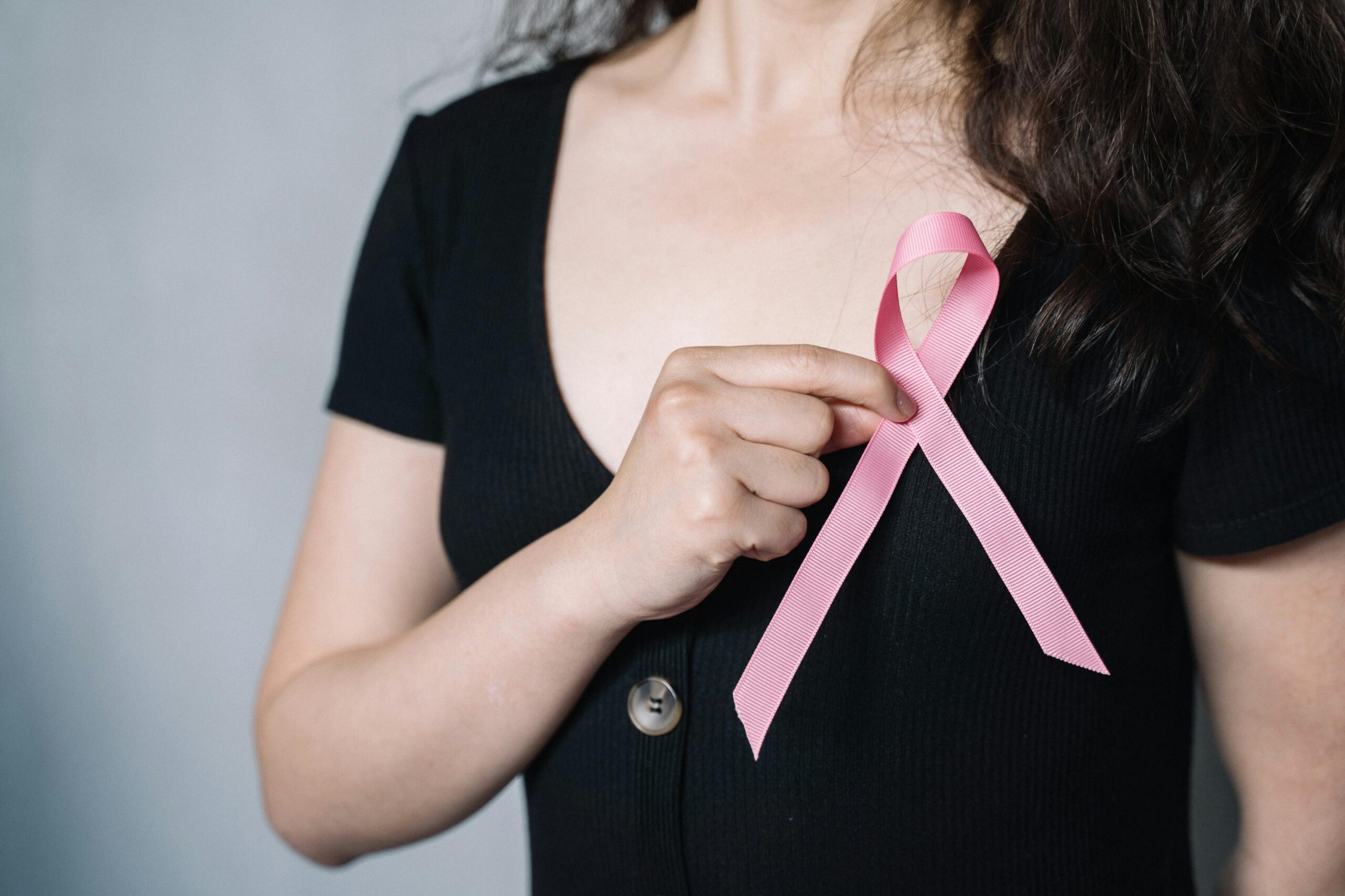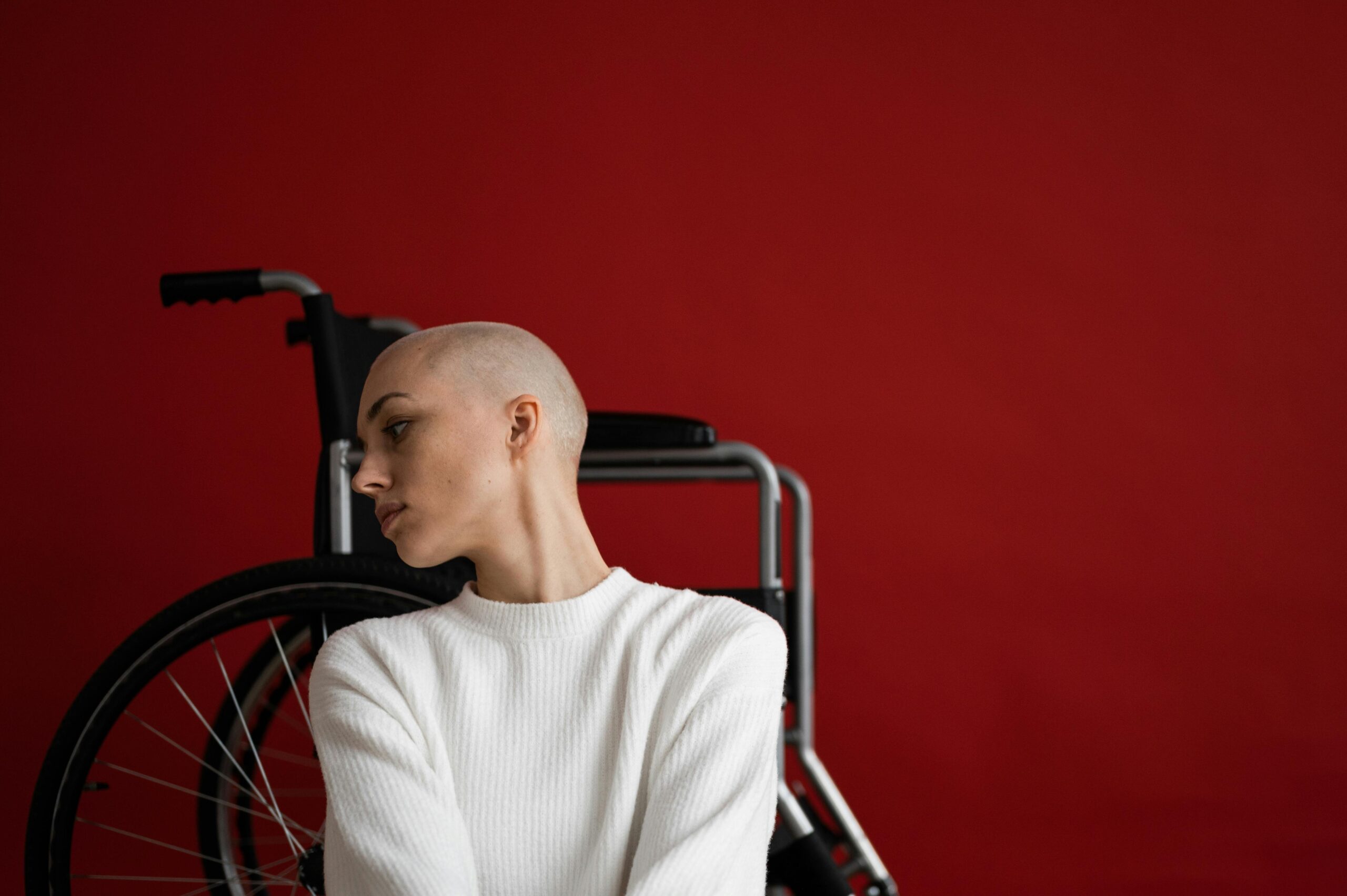
Non-Surgical Labiaplasty: The Complete Guide to Techniques, Benefits, Risks, and Results
Non-surgical labiaplasty has quickly become a popular option for women who want to improve comfort, boost confidence, and address changes […]
Cancer is a broad term encompassing a group of diseases characterized by the uncontrolled growth and spread of abnormal cells. […]

Cancer is a broad term encompassing a group of diseases characterized by the uncontrolled growth and spread of abnormal cells. It is a leading cause of death worldwide, with millions of new cases diagnosed each year. This comprehensive article aims to provide an in-depth understanding of cancer, its types, history, causes, symptoms, demographic factors, genetics, environmental influences, nutrition, treatments, alternative medicines, and more.
The history of cancer dates back to ancient times. The earliest recorded cases are found in ancient Egyptian texts from around 1600 BC, where tumors and ulcers were described. The Greek physician Hippocrates (460-370 BC) coined the term “cancer” from the Greek word “carcinos,” meaning crab, due to the crab-like appearance of the tumors. Over centuries, understanding of cancer evolved, with significant advancements in the 19th and 20th centuries, including the development of surgical techniques, radiation therapy, and chemotherapy.
There are over 100 types of cancer, categorized based on the tissue or organ where they originate. Some of the most common types include:
Cancer symptoms vary widely depending on the type and location of the cancer. Common symptoms include:

Genetics and environment both play crucial roles in cancer development. While genetic mutations can predispose individuals to cancer, environmental factors often trigger these genetic susceptibilities. For example, a person with a genetic predisposition to lung cancer who smokes is at a significantly higher risk.
Stage 4 cancer, also known as metastatic cancer, means that cancer has spread to other parts of the body. It is generally considered the most advanced stage of cancer and often has a poorer prognosis. Treatment focuses on slowing the spread, managing symptoms, and improving quality of life.

Chronic stress can weaken the immune system, potentially leading to an increased risk of cancer. Stress management techniques, such as meditation, exercise, and counseling, can be beneficial for overall health.
Cancer is a complex and multifaceted disease with a myriad of causes, symptoms, and treatment options. Understanding the various aspects of cancer can empower individuals to make informed decisions about prevention, diagnosis, and treatment. Ongoing research continues to provide new insights into the mechanisms of cancer and potential new therapies, offering hope for better outcomes in the future.
For further reading and up-to-date information, visit reputable sources such as the American Cancer Society, National Cancer Institute, and World Health Organization.
What are the most common types of cancer?
The most common types of cancer include breast cancer, lung cancer, prostate cancer, colorectal cancer, and skin cancer. Each type has unique characteristics and treatment options.
What causes cancer?
Cancer can be caused by a combination of genetic factors, environmental exposures (such as tobacco smoke and UV radiation), lifestyle factors (such as diet and physical activity), and infections (such as HPV).
How is cancer diagnosed?
Cancer is typically diagnosed through a combination of medical history, physical exams, imaging tests (like X-rays, CT scans, and MRIs), laboratory tests (blood and urine tests), and biopsies.
How is cancer treated?
Common treatments include surgery, radiation therapy, chemotherapy, immunotherapy, targeted therapy, and hormone therapy. The choice of treatment depends on the type and stage of cancer, as well as the patient’s overall health.
Can cancer be prevented?
While not all cancers can be prevented, risk can be reduced through lifestyle changes such as quitting smoking, maintaining a healthy diet, exercising regularly, avoiding excessive sun exposure, and getting vaccinated against cancer-causing infections like HPV.
Is cancer hereditary?
Some cancers are linked to inherited genetic mutations, such as BRCA1 and BRCA2 in breast and ovarian cancers. However, most cancers are caused by a combination of genetic and environmental factors.
What role does nutrition play in cancer prevention?
A diet rich in fruits, vegetables, whole grains, and lean proteins can help reduce the risk of certain cancers. Limiting red and processed meats, alcohol, and sugary foods is also recommended.
How can stress impact cancer?
Chronic stress can weaken the immune system and may increase cancer risk. Stress management techniques such as meditation, exercise, and counseling can be beneficial for overall health.
What are some alternative treatments for cancer?
Alternative treatments can include herbal remedies, acupuncture, and mind-body techniques like yoga and meditation. These are often used to complement conventional treatments and help manage symptoms.
Are there any new advancements in cancer treatment?
Ongoing research continues to develop new treatments, such as personalized medicine, CAR-T cell therapy, and new immunotherapies. These advancements aim to improve the effectiveness and reduce the side effects of cancer treatments.
What should I do if I suspect I have cancer?
If you experience symptoms that could indicate cancer, it’s important to consult a healthcare professional promptly. Early diagnosis and treatment can significantly improve outcomes.
 Disease & Disorder Guide
Disease & Disorder Guide
Non-surgical labiaplasty has quickly become a popular option for women who want to improve comfort, boost confidence, and address changes […]
 Disease & Disorder Guide
Disease & Disorder Guide
Ever experienced a mysterious pain that left doctors scratching their heads? You’ve been through a battery of tests, and everything […]
 Disease & Disorder Guide
Disease & Disorder Guide
Allergies and asthma are common chronic conditions that affect millions of people worldwide. They often occur together, and understanding their […]
 Disease & Disorder Guide
Disease & Disorder Guide
The eyes are among the most complex and delicate organs in the human body, crucial for our ability to perceive […]
 Disease & Disorder Guide
Disease & Disorder Guide
Migraines are a debilitating neurological condition affecting millions of people worldwide. This article provides an in-depth look at migraines, covering […]
 Disease & Disorder Guide
Disease & Disorder Guide
Alopecia, a condition characterized by hair loss, affects millions of people worldwide. While it is often considered a cosmetic issue, […]
Summary
